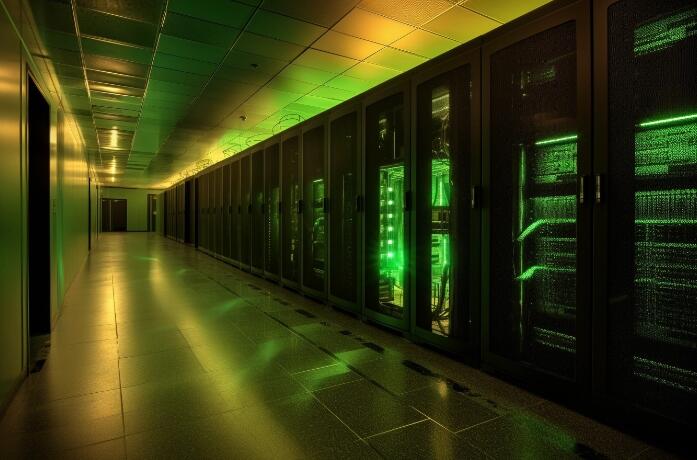The rise of artificial intelligence has brought new challenges to the distribution of global energy resources, especially the surge in demand for power resources. Bitcoin mining, as a high-energy-consuming industry, is inevitably involved in this battle for power resources. The editor of Downcodes will give you an in-depth analysis of the power competition between AI and Bitcoin mining, as well as the opportunities and challenges hidden behind this competition.
Against the background of the rapid development of artificial intelligence, Bitcoin mining is facing an unprecedented battle for power resources. The seemingly threatening AI data center competition may actually bring unexpected surprises to Bitcoin miners.
Electricity resources have become a scarce commodity, and AI and Bitcoin miners are engaged in a game of who can grab more electricity. Industry experts note that this competition could create new equilibrium points for Bitcoin miners in unexpected places.

Picture source note: The picture is generated by AI, and the picture is authorized by the service provider Midjourney
Currently, the total computing power of the Bitcoin network reaches 770EH/s, and the current computing power price is US$61.12 per PH per day. This number is well below the peak in 2017, when the price of computing power exceeded $1,000.
Interestingly, industry insiders see this competition as not entirely negative. Spencer Marr, president of Sangha Renewables, said that every potential mining investment now needs to go through a key filter: whether to choose for AI or Bitcoin mining. When more and more power resources are attracted by AI, it may stabilize the price of Bitcoin's computing power.
Some experts even predict that the U.S.’s Bitcoin hashrate may drop to less than 20% by 2030, but hashrate will continue to grow globally, especially in Africa and Southeast Asia.
It is worth noting that the operation of AI data centers is more complex than that of Bitcoin mining farms. They require continuous, uninterrupted operation and are more expensive to build and operate. This provides Bitcoin miners with a certain competitive advantage.
In essence, this competition reflects the scarcity of cheap power resources around the world. Whether it is AI or Bitcoin mining, the final battle will still come down to the fight for low-cost electronics.
In this uncertain track, Bitcoin miners are using wisdom and resilience to redefine their own way of survival. Perhaps, what emerges from the crisis is new opportunities.
All in all, the power competition between AI and Bitcoin mining is the result of the combined effect of resource scarcity and technological development. In the future, how to effectively use energy and balance technological development and environmental protection will be important issues facing everyone. The final direction of this competition deserves our continued attention.